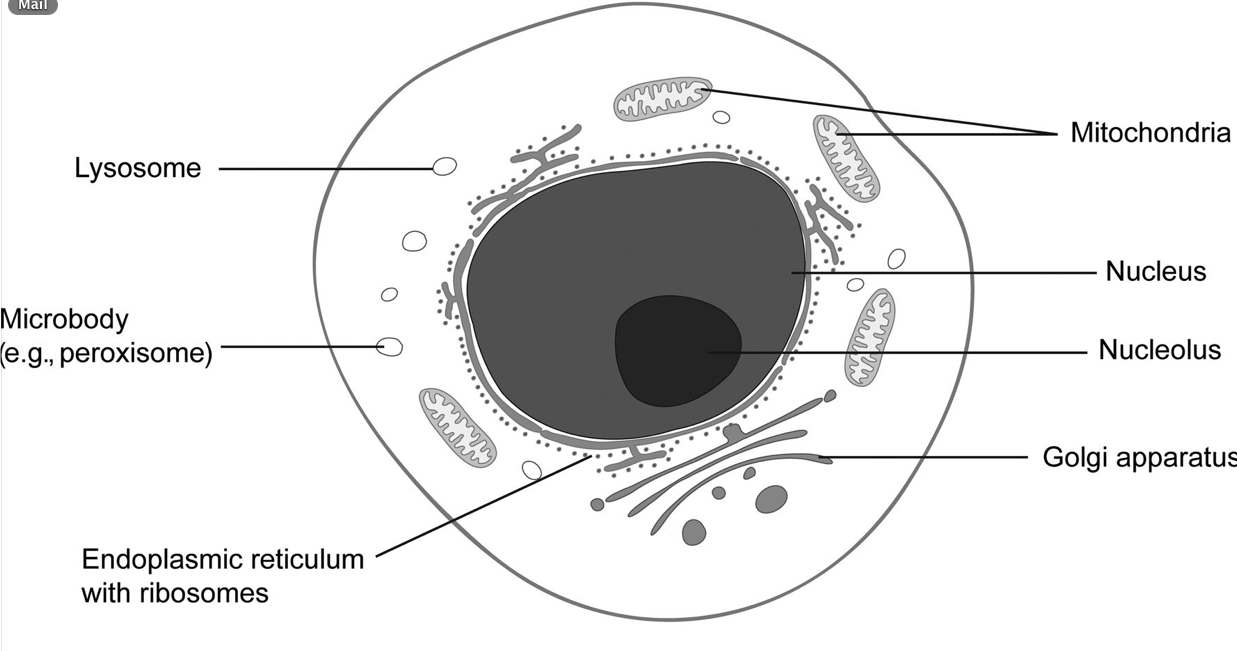|
|||||||||||||||
|

CLICK ON weeks 0 - 40 and follow along every 2 weeks of fetal development
|
|||||||||||||||||||||||||||
Mitochondrial DNA therapy still imperfect Mitochondrial replacement therapy is a procedure showing promise for preventing inheritance of mitochondrial diseases. However, small amounts of damanaged mtDNA — mitochondrial DNA — are now found to hitch a ride with the transferred nucleus, and recreate mtDNA errors in the baby. Mitochondria exist in the cytoplasm surrounding the nucleus to turn oxygen into energy via ATP (adenosine triphosphate). Mitochondrial DNA (mtDNA) is exclusively transmitted through a mother's egg cells — sperm make no contribution of mitochondria to a fertilized embryo.  Replacement therapy is a procedure to remove the nucleus of an egg in order to place it in a healthy donor egg previously enucleated. The healthy mitochondria in the cytoplasm of the donor egg then support the developing zygote created after fertilization by a sperm. Fertilization effectively creates a "three-parent" baby whose DNA is from the mother and father, but whose mitochondrial DNA (mtDNA) is from a donor woman's egg. However, in a study publishing May 19 in Cell Stem Cell, it was revealed that even trace amounts of transferred mtDNA can override the healthy mitochondria of the donor egg. This revelation questions the beneficial effect of nuclear transfer to overcome damaged mtDNA. Says senior study author Dieter Egli of the New York Stem Cell Foundation: "We identified a challenge to making mitochondrial replacement therapy safe and effective. We anticipate that the findings will inform decisions regarding when and how mitochondrial replacement in humans will be done clinically." Mitochondria generate most of a cell's energy, so mitochondrial mutations can result in serious health problems including developmental delays. Examples of mitochondrial disease include:
Although mitochondrial replacement therapy to prevent such conditions have not been approved in the United States, the procedure is approved in the United Kingdom. Recently, the National Academies of Sciences, Engineering, and Medicine has given permission for research to conduct clinical investigations of the procedure in the United States. In the new study, Egli and his collaborators wanted to know if they could reliably reproduce the nuclear transfer procedure.
In future research, Egli's team will try to prevent mtDNA carrying over into the donor egg cell through the nuclear transfer procedure. Possible strategies include reducing the amount of cytoplasm transferred during the nuclear shuffle, or only selecting embryos without any detectable levels of "extra" mtDNA. Egli: "We will also examine whether matching mitochondrial genotypes will be able to avoid mitochondrial genotype instability, and how precise this match needs to be. Whether it has to be of the same ethnic group, or even of the same maternal lineage, progress on either of these fronts should provide a path to therapeutic translation." Highlights Cell Stem Cell (@CellStemCell), published by Cell Press, is a monthly journal that publishes research reports describing novel results of unusual significance in all areas of stem cell research. Each issue also contains a wide variety of review and analysis articles covering topics relevant to stem cell research ranging from basic biological advances to ethical, policy, and funding issues. Visit: http://www.cell.com/cell-stem-cell. To receive Cell Press media alerts, contact press@cell.com. |
May 27, 2016 Fetal Timeline Maternal Timeline News News Archive  Researchers extract mtDNA from eggs with inherited mtDNA disease and place the entire nucleus into a healthy donor egg without one. Image Credit: Dieter Egli, New York Stem Cell Foundation
|
|||||||||||||||||||||||||||

